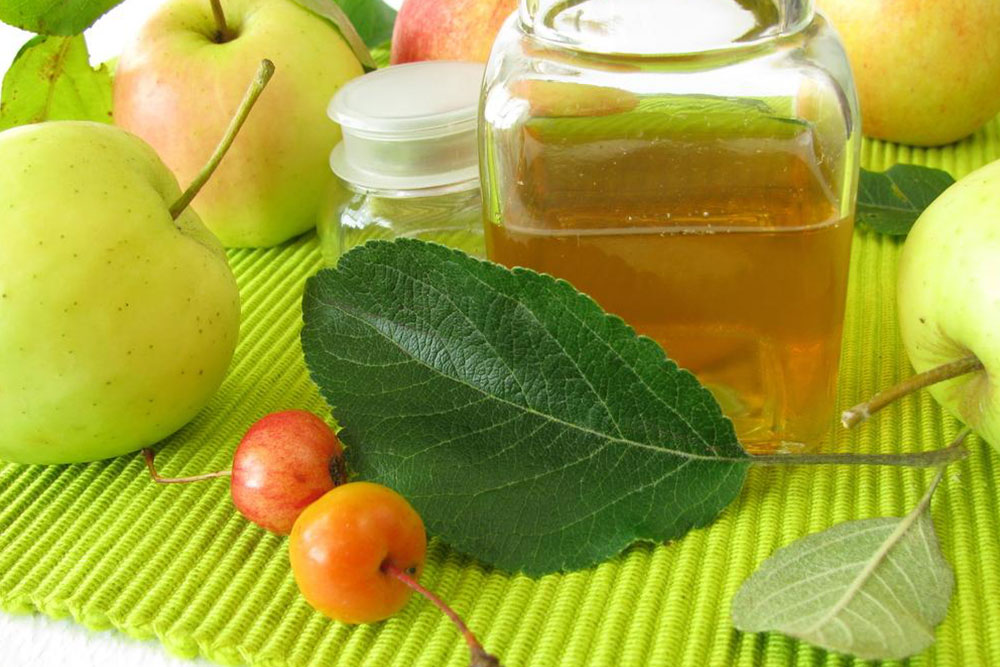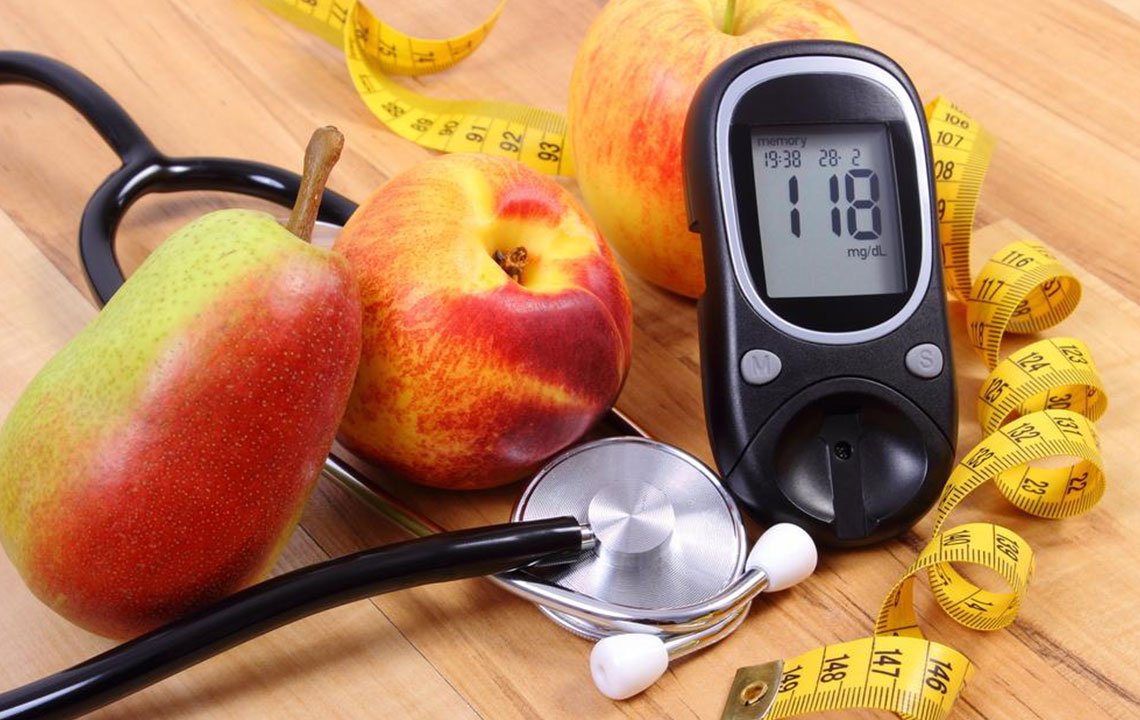Managing Type 2 Diabetes: Causes, Symptoms, and Dietary Strategies
Discover effective management strategies for type 2 diabetes through understanding its causes, symptoms, and dietary guidelines. Learn which foods to include or avoid, and how a balanced diet can help control blood sugar levels. Regular medical advice and lifestyle adjustments are essential to prevent complications and ensure healthier living with diabetes.

Managing Type 2 Diabetes: Causes, Symptoms, and Dietary Strategies
Diabetes is a chronic condition affecting how your body processes glucose, posing serious health risks if not managed early. The prevalent form, type 2 diabetes, impacts nearly 27 million individuals nationwide. In this condition, the body's ability to effectively break down and store sugar diminishes, making a tailored diabetic diet essential. Although more common in those over 40, cases among younger adults are rising, emphasizing the importance of awareness and proactive management.
Understanding the primary causes, recognizing symptoms, and adopting appropriate dietary habits are crucial steps in managing this disease effectively. Proper lifestyle changes can significantly improve quality of life and prevent complications.
Causes of type 2 diabetes
Key factors contributing to this condition include:
Excess weight
Genetic predisposition
Inadequate physical activity
Pancreatic or liver malfunctions
Signs and symptoms to watch for
Common indicators of type 2 diabetes include:
Persistent thirst
Frequent urination
Blurry vision
Unusual irritability
Slow wound healing
Extreme fatigue
Dietary approach for effective management
Adhering to a balanced diet is vital for controlling blood sugar levels. Your healthcare provider will recommend a specific meal plan tailored to your needs, emphasizing foods that help maintain stability without sacrificing variety.
Eating healthy doesn’t mean giving up favorite dishes but involves choosing the right combination of carbohydrates, fibers, fats, and proteins. Striking the right balance prevents blood sugar spikes and supports overall health.
Here are food tips and alternatives for those with type 2 diabetes:
Vegetables
Incorporate plenty of fresh vegetables, especially non-starchy options. Avoid starchy vegetables such as:
Corn
Potatoes
Beets
Green peas
Instead, prioritize:
Leafy greens: spinach, kale, cabbage, lettuce
Onions and cucumbers
Radishes and sprouts
Bamboo shoots
Ensure 3–5 servings daily, combining cooked and raw vegetables.Fruits
As fruits contain natural sugars, intake should be moderate. Opt for less sweetened options like berries, apples, pears, peaches (with skin), bananas, oranges, melons, papaya, and citric fruits. Avoid fruit syrups, commercial juices, and dried fruits to prevent sugar overload.
Dairy products
Choose low-fat options such as skimmed milk and fat-free yogurt or cheese. Limit or avoid full-fat dairy and flavored milk, chocolates, and creams containing high saturated fats.
Proteins
Include lean proteins like skinless poultry, fatty fish, tofu, nuts (in moderation), and eggs. Limit processed meats, red meats, and high-fat options that can increase health risks.
Whole grains
Focus on high-fiber grains like whole wheat and brown rice. Avoid refined grains such as white bread, pasta, white rice, sugary breakfast cereals, and baked goods, which can spike blood sugar levels.
Managing diabetes requires strict dietary habits coupled with medical guidance. Regular consultation with healthcare professionals ensures personalized and effective disease control. Adopting these dietary strategies can help prevent complications and improve overall health.










